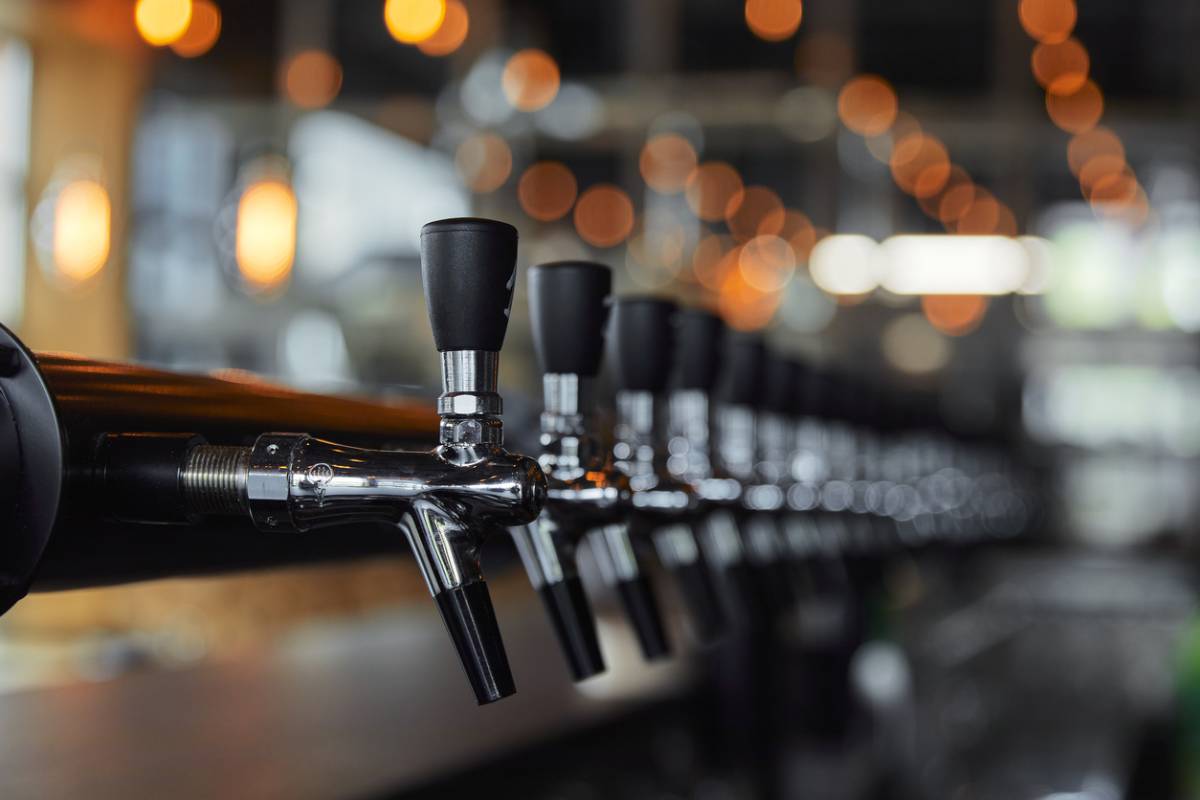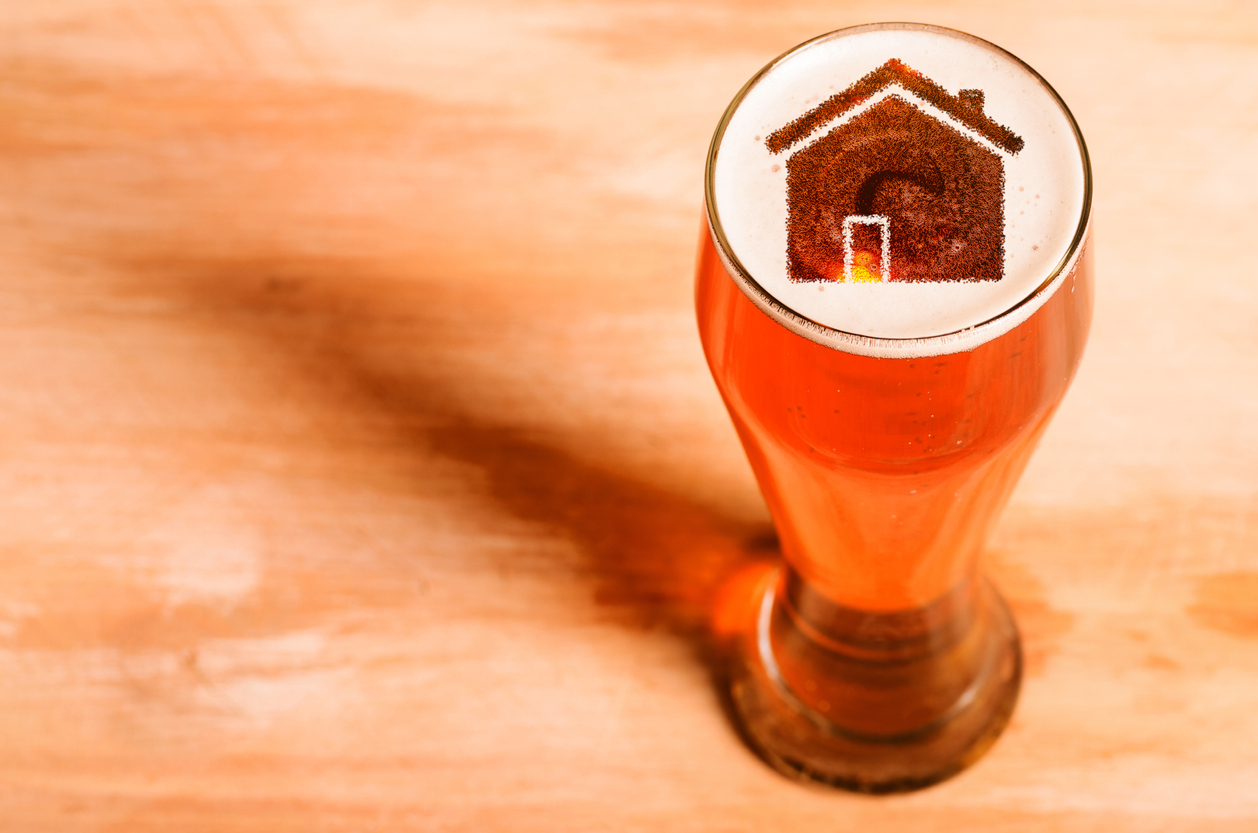If you’re looking to incorporate a draft beer system into your bar or restaurant, then there’s a lot to learn. Like how long does a keg last?
Whereas previous generations may have treated beer as a low-brow drink unworthy of major investment, younger American adults have revitalized the role of beer in American culture. As a result, beer has become increasingly complicated, reflecting the investment of beer manufacturers in the flavors and variety expected by the millennials and now gen Z. That means that businesses selling draft beer have to be prepared to provide the quality those demographics expect if they want to stay competitive.
At SC Bev, we supply Inland Empire beer systems of the highest quality. For the best Los Angeles draft beer service, look no further.
Why Go for Draft?
The advantage of installing a draft beer system over simply refrigerating a bunch of bottles comes down to freshness, flavor, and overall quality. Here are just a few reasons you might consider swapping that bulky fridge out for a sleeker line of glittering taps.
Bottles are exposed to light
When beer is exposed to light, weird things can happen. After prolonged exposure, a chemical reaction occurs within the beer that results in a foul-smelling and tasting beer. When this happens, it is usually said that the beer has been “skunked” due to the similarity in aroma. In the case of bottles, you have no control over the shipping process and no guarantee that one of your customers won’t encounter a skunked beer.
Bottles don’t provide a complete seal
The bottling process is designed to be sanitary, but it isn’t air-tight. Even a slow exchange of gases between the outside world and the bottled beer can result in the beer being flat and losing some of its flavor.
Draft beer systems allow you to control the temperature
Different beers have special requirements in regard to temperature, pressure, and head if you’re aiming for the best experience. Customizable draft beer systems and a knowledgeable bartender allow you to consistently provide that experience to your customers.
People love the extra carbonation
CO2 is commonly used to create the pressure that transports your favorite beer from the keg to your glass. As a result, draft beer has a little extra carbonation. And it gives you an almost imperceptibly different sensation as you drink. Many experts credit this extra zing of carbonation with the average person’s preference for draft over canned or bottled beer.
How Long Does a Keg Last? Ensuring Freshness
Of course, none of these benefits will matter if your draft beer isn’t fresh. That is why it is so important to create a reliable system for ordering and replacing kegs in an orderly fashion. Luckily, there are a few rules you can use to guide you. Especially if you’re still learning about making the switch to a draft beer system.
- Always check for a “Born On” date or an expiration date. The born on date will be the day the keg was filled at the brewery. It is that date that will indicate how long your keg is good for.
- Know whether your beer is pasteurized or non-pasteurized. This may not seem like a big difference at first. But a pasteurized beer can be kept for three to four months, while a non-pasteurized beer can only be kept for six to eight weeks.
- Always use a professional draft beer system. Ensure the keg is directly tapped into the system and stored at the appropriate temperature. If so, using a professional draft beer system will not decrease the shelf life of your beer even after it has been tapped. By contrast, another method will introduce oxygen into your keg, and it will only be good for twelve to twenty-four hours.
- Maintain a consistent temperature where you store your kegs. Ideally, you should store them at 38 degrees Fahrenheit. If the temperature goes over 45, then you risk bacteria forming inside the keg. If the temperature dips below 30, then you risk your beer freezing.
As long as you follow these basic rules and do a little research on the beers you plan to include in your line-up you should be good to go. If you have any questions about your draft beer system, then you can always contact SC Beverage.










